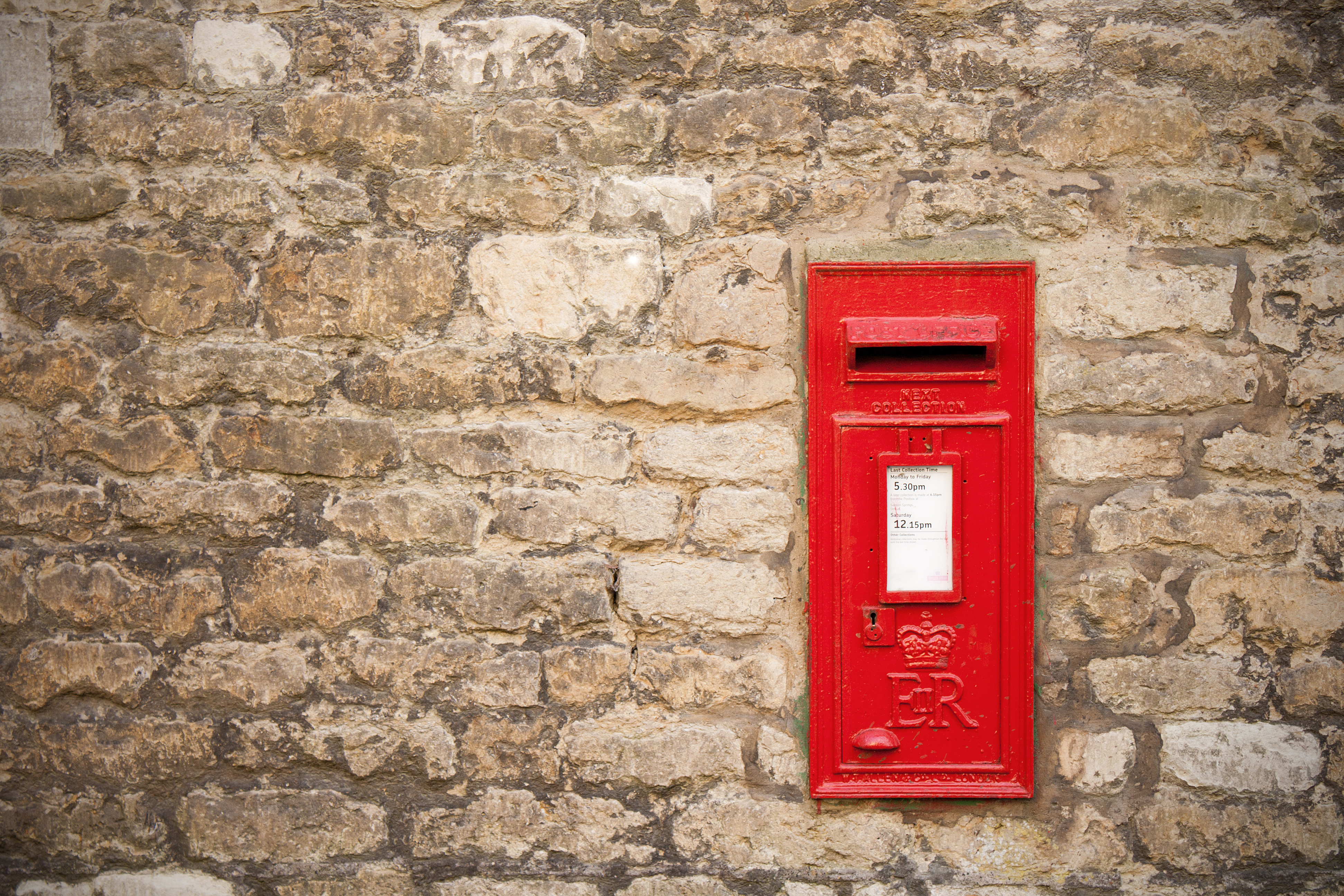Business rates bills: do you know what’s on yours?
All too often, small changes to rates bills can have a lasting, negative effect.
Business rates bills will soon start appearing, and surprise, surprise, there’s another increase. It is imperative you understand how your bill works. As many know by now, in last year’s autumn statement the government chose to increase business rates by 6.7% from the 1st of April 2024. This is in line with the September 2023 inflation rate. However, only commercial properties whose rateable value (RV) is over £51,000 will see this reflected in their bills.
As this year’s rates bills come in, many will be receiving this news for the first time. Whilst this increase shouldn’t break businesses, it could become yet another financial burden. Especially, as these are the properties with the biggest liabilities. Quite simply, it could prove to be the last straw for many.
So much for government tax breaks.
What should I look for on my rates bill?
Every local authority presents the information business rates payers need, differently. Whether it is the calculations; format; or the information itself. Leaving many to decipher just what is in their bill.
So, what is it that you should be looking for in your rates bill?
- Ensure all details are correct (address, name, property etc.)
- Check the schedule of payments due
- The amount paid
- The continuation of any reliefs
- If there are any credits or debts on the account you were previously unaware of
All too often, small changes to rates bills can have a lasting, negative effect. It is imperative that you understand your bill or are able to seek professional help in doing so.
While local authorities are responsible for distributing and collecting business rates, it is the Valuation Office Agency (VOA) who calculates and attributes them. Unlike smaller businesses, who will once again benefit from the freeze on the small business multiplier and the Retail Hospitality and Leisure (RHL) relief, medium and larger business will face their second increase in just twelve months. An increase that RVA Surveyors has said will cost business rates payers an additional £1.5 billion.
According to the government, in the first six months of the 2023 rating list alone, almost 40% of the submitted checks (the first stage of the government’s appeal process) were still outstanding by November. In this same timeframe, only 7% were resolved.
“Cases can be thrown out on the smallest technicality.” Anthony Hughes, managing director of RVA Surveyors, said. “How are people supposed to find the time to learn and navigate the complicated process set by the government to reduce business rates, while also running a business?”
“Physical, on-site inspections are the only way to ensure a property’s business rates are accurate.” Hughes added. “Given the size [of the VOA], it is not a stretch that they are able to inspect every commercial property within a rating list period.”
Press release distributed by Pressat on behalf of RVA Surveyors, on Saturday 17 February, 2024. For more information subscribe and follow https://pressat.co.uk/
Rates Bill Business Rates Bill Rva Surveyors Government Inflation Business Rates Business Rates Uk Rva Rating List Revaluation Business & Finance Construction & Property Government Personal Finance Public Sector & Legal
Published By
01614645977
press@rvauk.com
https://www.rvasurveyors.com/
molly.jackson-holm@rvauk.com
Visit Newsroom
You just read:
Business rates bills: do you know what’s on yours?
News from this source:


